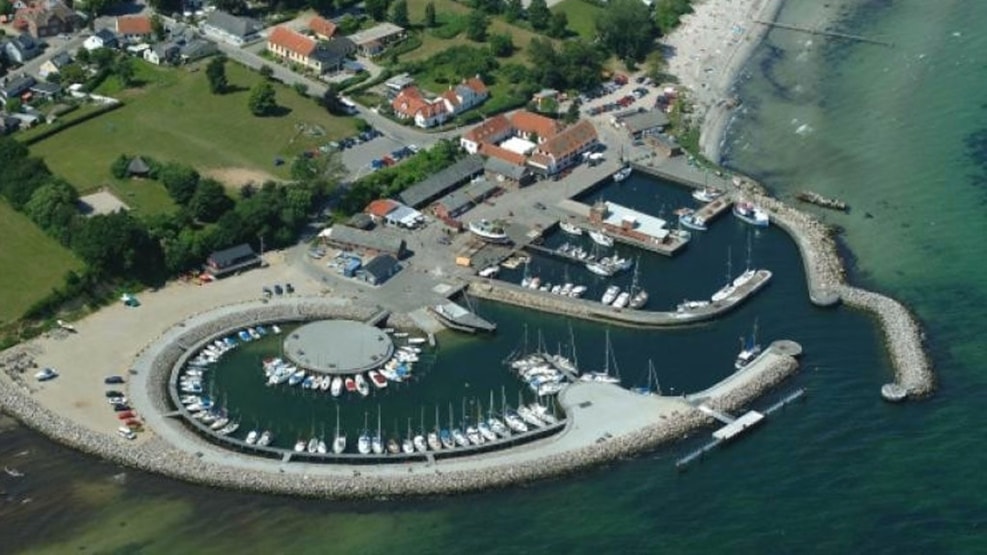
Geopark: Lundeborg
The site includes two former mineral extraction areas
Grønneskov and Knarreborg Watermill. In the past, diatomite was mined at Grønneskov (see later), as well as the characteristic 'White Sand', which is known from a number of locations on Southeast Funen and especially in the Archipelago, where it occurs in many cliffs.
The sand consists of 96 percent pure quartz, the world's most common mineral.
The lower parts were primarily deposited by running water, while the upper parts of the sand are primarily wind deposited.
The sand is believed to have been deposited in an Arctic environment prior to the so-called Ristinge Thrust 50-55,000 years ago in the middle part of the Weichselian Ice Age. The sand contains traces of permafrost in places, including fossil ice wedge and frost crack structures and so-called cryoturbation structures (popularly known as pot soil, after the pot-, bowl- or sack-shaped structures)